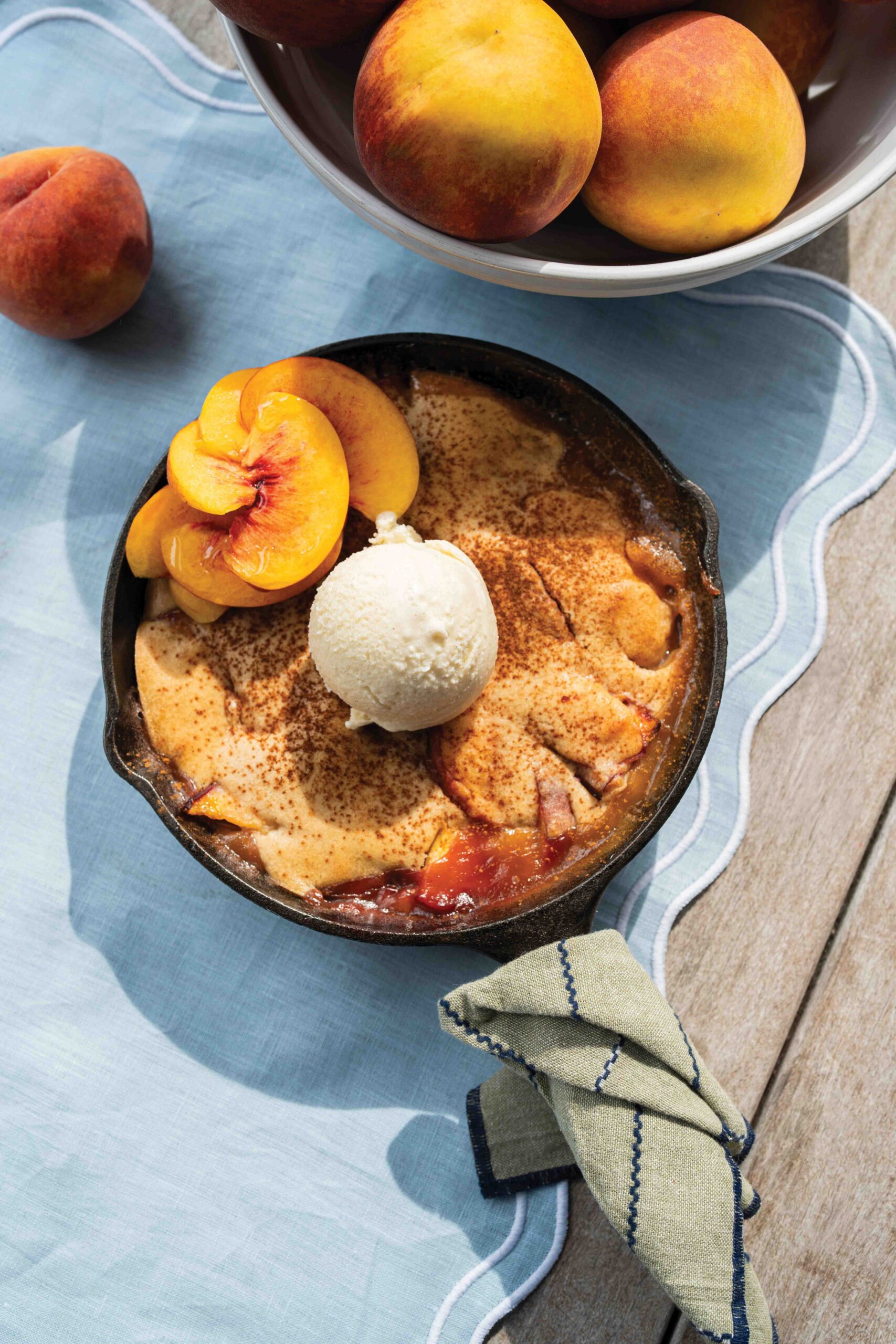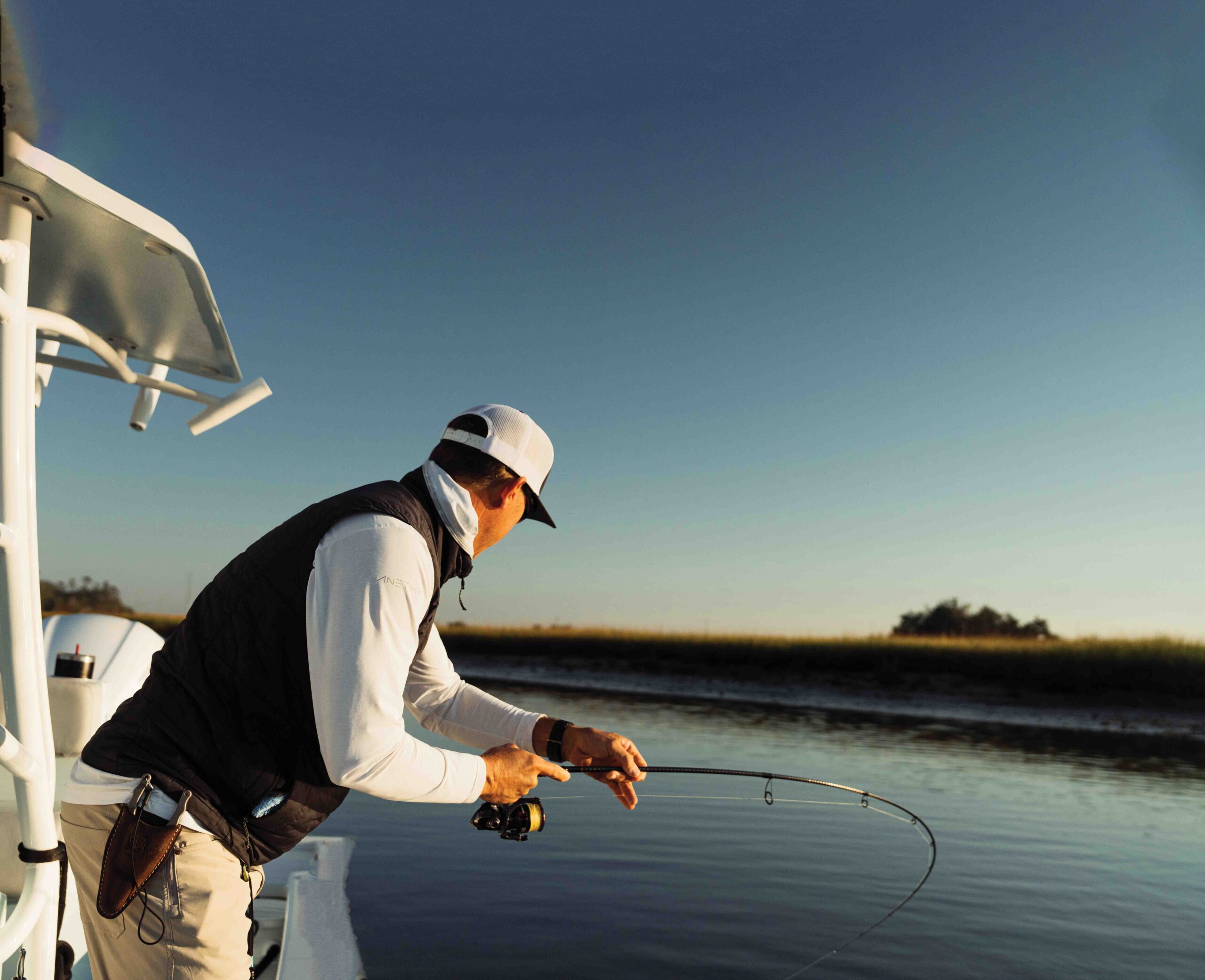Palmetto Bluff Real Estate Company Sales Office
Office Hours
Monday-Friday 9am - 5pm
Saturday 9am - 4pm
Sunday 12 - 4pm
Saturday 9am - 4pm
Sunday 12 - 4pm
Kansas City doesn’t really roll off the tongue in the company of places like Penang or Lisbon or Finland.
And yet, there it is along with these others as the featured destination of its very own episode in the penultimate season of No Reservations, Anthony Bourdain’s itinerant foodlogue that ran for nearly a decade on the Travel Channel.
In the summer of 2011, I received a call from the Emmy Award-winning show’s producers. Bourdain was coming to film in my hometown. And of course, he was coming for barbecue, which I had the gall to tell the producers was morbidly cliché—everyone comes to Kansas City for barbecue. Sure, our per capita density of barbecue is unrivaled, but wouldn’t they rather showcase our second-tier city’s mildly burgeoning independent restaurant scene instead?
No. “Tony wants to do the show to end all shows on barbecue.”
I rolled my eyes, fully aware that I’ve never been near an Emmy, let alone produced a television show.
They wanted to film two segments with me. For one of them, Bourdain wanted to meet me at my favorite barbecue restaurant in the city. That was easy, I told them, it’s Oklahoma Joe’s (which has since changed its name to Joe’s Kansas City Bar-B-Que). But Bourdain said no; he had already written about it a couple of years earlier. In fact, he was the one who arguably launched the humble gas station restaurant into orbit when he named it one of the “13 Places You Must Eat Before You Die,” alongside a glittering constellation of Michelin-starred destinations for gastronauts, including The French Laundry in Yountville, California; El Bulli on the Costa Brava of Spain; and the dreamy sushi counter at Sukiyabashi Jiro in Tokyo (Bourdain’s article appeared in the July 2009 issue of Men’s Health).

But, I protested, Bourdain was right—Oklahoma Joe’s was the best barbecue I had found in the city. And if he was asking to feature my favorite spot, that was it. Whether it was my honest flattery or my stubbornness that prevailed, I don’t know, but they relented.
If I look nervous in that segment, it’s because I was. Eating barbecue—especially Kansas City–style barbecue—isn’t exactly what you want to be doing on national television. As I explained to Bourdain (with sticky fingers and feeling terrified of eating the rib in my hand), while the Gulf Coast and Texas rely on dry rubs, Kansas City barbecue is wet. Whereas Carolina pitmasters mop their whole hogs with a thin, vinegary marinade, ours slather everything from beef to pork to chicken to turkey to catfish with a thick, dark, sweet, and sometimes spicy sauce and serve it with a walloping dollop of sauce on the side. And unlike other regions, in Kansas City, your meat always comes with pickles and two slices of white bread slapped on top. It’s the type of barbecue that most people, foreign and domestic, associate with America.
I like Joe’s Kansas City because it does everything well. You have to if you’re going to win the Grand Championship title at the American Royal World Series of Barbecue.
It’s the world’s largest and most prestigious barbecue competition, which has been hosted annually in Kansas City since 1980. The owners of Joe’s Kansas City Bar-B-Que, Jeff and Joy Stehney, and their team, Slaughterhouse Five, have won two Grand Championship titles and have placed first in nearly every meat category, including lamb and sausage.
What they do especially well at their restaurant, in my opinion, are ribs, dirty rice, and chicken. No one ever thinks of ordering barbecue chicken, because let’s be honest, it’s usually dry. But the chicken at Joe’s Kansas City, I tell everyone, is de rigueur.
Kansas City’s pantheon of barbecue is crowded. There’s a reason Bourdain wedged it in between trips to Mozambique and the Croatian coast and why it’s known as the capital of American barbecue, an honor that my Southern friends have a strangely difficult time accepting. Perhaps, I tell them, they wouldn’t object as strongly if they also accepted my very well-reasoned argument that the great state of Missouri belongs more in the American South than in the Midwest. But they will have none of it. Well, sorry friends, you can’t have your burnt ends and eat them too, especially if you’re in the South, because you won’t find them there. Burnt ends are specific to Kansas City. If you encounter them anywhere else, you’re in the wrong place.
Although Calvin Trillin made Arthur Bryant’s Barbecue and its burnt ends famous in an article he wrote for Playboy magazine in 1972, celebrating the scraps of brisket bark that the counterman would lay out for customers while they waited to order, I go to LC’s Bar-B-Q for them instead. Arthur Bryant’s is good for slaw—I like my cabbage chipped, not shredded—but LC’s has far better burnt ends. LC’s also has my favorite baked beans, chunky with shaggy scraps of meat and full of flavor, owing to the fact that the trays of beans are set at the bottom of the smoker to catch all of the drippings from the meat smoking above. I also prefer LC’s sauce, which is high in vinegar, an important foil for the fattiness of the meat and beans.

Although Kansas City has welcomed younger guns to the scene in the last decade—places including Q39 and Slap’s BBQ—the old guard still holds its own. Much of the appeal is the throwback charm at institutions such as Gates BBQ, where everyone on the line screams “Hi, may I help you?” when a customer opens the door. It’s comically aggressive yet bizarrely heartwarming. Like the greeting, the barbecue lamb ribs there are not only uniquely Kansas City but also taste of a bygone era.
But isn’t that true of barbecue everywhere? Whether you’re from the Lowcountry or from the northern corner of Alabama, where the sauce is milky white and zippy with horseradish, or you’re from China like my parents, barbecue is suspended in nostalgia. Having lived in the US now twice as long as he did abroad, my dad has yet to discover an American food he likes, except barbecue. In fact, he loves it. The meeting of sweet and salty, sour and spicy, with a hint of smoke overlaps with much of Chinese cuisine. Familiar and comforting, it was far better than any Chinese food he could find when he first arrived on these prairie plains half a century ago. In a land of strange flavors—he’s exasperated by the ubiquity of cheese, for example—this saucy pastime has become a trusted companion for him.
It’s doubtful that the second episode of the eighth season of No Reservations brought down any curtains on America’s romance with barbecue, as Bourdain hoped. I think that’s a good thing. He had asked me during those days of filming what I liked about barbecue. At the time, I couldn’t say. I told him I’d think about it and get back to him. A decade on, the answer is obvious: clichés and all, barbecue is home.
Read the original story in the Fall / Winter 2021 edition of the bluff.

Palmetto Bluff’s Moreland Village feels a world away from the more traditional architecture of the iconi...

We are thrilled to introduce the inaugural winners of the Inspiring the Arts Scholarship—three extraordinary young women pursuing their artistic dreams through higher education! Katherine Donahue has been named our first official scholarship recipient, wit...

From handmade jewelry to performance wear, the latest arrivals at Palmetto Bluff’s retail spots capture the season in true Lowcountry style. This summer, the Bluff’s shops are full of fresh finds, carefully chosen by our trusted retailers—including FLOW Galler...

Citizen Science is Thriving at Palmetto BluffDid you know that residents of Palmetto Bluff are playing a vital role in national and global conservation efforts—all from their backyard?Through the Palmetto Bluff Conservancy’s growing Citizen Science programs, c...

In October 2024, Grammy Award-winning musician Clay Ross visited Palmetto Bluff as part of The Arts Initiative's Artist in Residence Program. Through storytelling and song, he explores identity, heritage, and the universal language of sound. By Barry Kaufman ...

Palmetto Bluff Club Executive Chef Beth Cosgrove and Director of Culinary, Chef Rhy Waddington, Cook Up Four Peachy Recipes for a Summer in the South. Is there anything more iconic than a southern peach? A symbol of summer and Southern heritage, the peach car...

Following the tides and angling for redfish in Lowcountry creeks and estuaries with Captains Brian Vaughn and Will Stephens Story by Sandy Lang It is a sunny morning in October and the water is calm and glassy. The silence is punctuated by a gush of breath f...

7 Ways To Upkeep Your Palmetto Bluff Home As spring arrives in the Lowcountry, the change in season brings more than blooming marshlands and sun-drenched afternoons; it’s also a perfect time to refresh and care for your Palmetto Bluff home. Coastal living mea...

When the land speaks, you listen. And at Palmetto Bluff, it spoke to two of golf’s most legendary course designers—Bill Coore and Ben Crenshaw. We invite you to watch our newest video, shot this past winter and featuring Bill and Ben, along with South Street P...

5 Renovations to Increase the Value of Your Lowcountry Home Whether Palmetto Bluff is your full-time residence or a cherished retreat, deciding to sell is never a quick or casual choice. However, when the time does come, you want your home to be as market-rea...
Learn about the Palmetto Bluff Conservancy and how we keep the vision of our land in place.
On land or water, there is an ever-evolving variety of activities.
We do not attempt to independently verify the currency, completeness, accuracy or authenticity of the data contained herein. All area measurements and calculations are approximate and should be independently verified. Data may be subject to transcription and transmission errors. Accordingly, the data is provided on an “as is” “as available” basis only and may not reflect all real estate activity in the market”. © [2023] REsides, Inc. All rights reserved. Certain information contained herein is derived from information, which is the licensed property of, and copyrighted by, REsides, Inc.